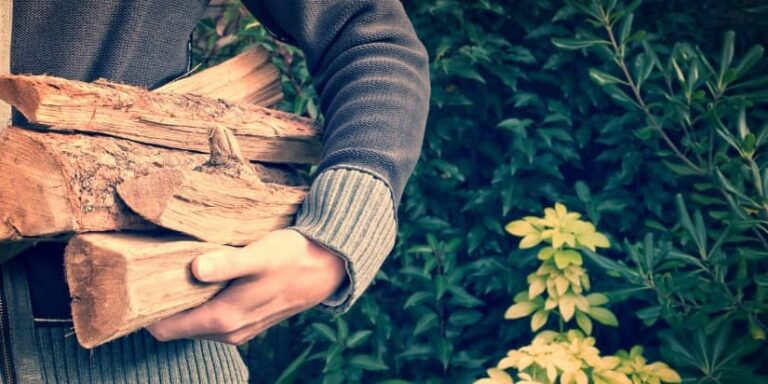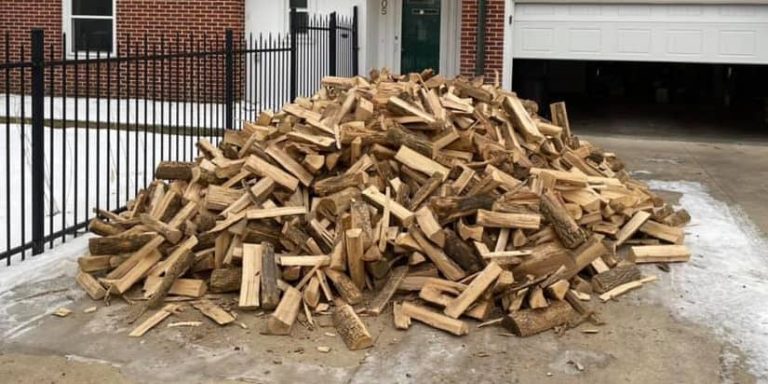As the temperatures drop and the cozy ambiance of a crackling fire beckons, it’s essential to ensure you’re burning firewood safely in your home. A fireplace can be a wonderful source of heat and comfort, but without proper precautions, it can also become a safety hazard. In this guide, we’ll cover key aspects of fireplace safety, from chimney maintenance to firewood burning techniques, helping you enjoy your fire with peace of mind.
Chimney Maintenance: The Foundation of Fireplace Safety
One of the most critical elements of fireplace safety is maintaining your chimney. Over time, creosote—a highly flammable byproduct of burning wood—builds up in your chimney. If not cleaned regularly, this can ignite and cause dangerous chimney fires. Experts recommend having your chimney inspected and cleaned annually, especially before the start of the winter season.
A professional chimney sweep will check for creosote buildup, blockages, and any damage to the chimney liner. Blockages can be caused by bird nests, leaves, or other debris, which can obstruct airflow and lead to poor ventilation. Damaged chimneys can allow harmful gases, like carbon monoxide, to enter your home, so regular inspections are essential.
Choosing the Right Firewood
The type of firewood you burn plays a significant role in fireplace safety. Always use seasoned hardwoods such as oak, maple, or hickory. These woods burn hotter and produce less creosote compared to softwoods like pine, which tend to create more smoke and buildup. Seasoned wood is wood that has been dried for at least six months and has a moisture content below 20%. Wet or unseasoned wood not only burns inefficiently but also leads to more creosote accumulation.
At NJ Pellets, we offer high-quality, seasoned hardwood that’s perfect for your fireplace. Whether you’re heating your home or enjoying a weekend fire, using the right firewood is a key step in keeping your fireplace safe.
Proper Firewood Burning Techniques
How you burn your firewood can make a big difference when it comes to fireplace safety. Here are a few tips for safe and efficient burning:
- Start with small amounts of wood: Begin your fire with smaller logs and kindling. Avoid overloading your fireplace with too much wood at once. This will help control the heat and reduce the risk of an out-of-control fire.
- Use a fire screen or glass doors: Always use a fire screen to prevent embers from escaping the fireplace. If your fireplace has glass doors, ensure they are closed during the fire to keep sparks from flying into the room.
- Maintain airflow: Proper ventilation is essential to prevent smoke from building up inside your home. Make sure the damper is fully open before lighting the fire, and keep it open until the fire is completely out. This allows smoke and gases to exit through the chimney.
- Never use accelerants: Using gasoline, lighter fluid, or any flammable liquids to start a fire is a major safety hazard. Stick to natural fire starters, like dry kindling or newspaper.
- Keep the area clear: Ensure the area around your fireplace is free of flammable materials, such as rugs, curtains, or furniture. A good rule of thumb is to maintain a three-foot clearance zone around the fireplace.
Install and Test Smoke and Carbon Monoxide Detectors
Even with all precautions, it’s essential to have smoke and carbon monoxide detectors installed in your home. These devices act as the first line of defense if something goes wrong. Be sure to test them regularly, and replace batteries at least once a year.
Carbon monoxide, in particular, is a silent killer—odorless and colorless, it can seep into your home if your fireplace isn’t properly ventilated. Ensuring your detectors are in good working condition is a simple yet crucial part of fireplace safety.
Schedule Regular Inspections
Just like your chimney needs regular maintenance, so does the entire fireplace system. A professional can inspect not only the chimney but also the firebox, damper, and flue. Any cracks, gaps, or malfunctions in the system should be addressed promptly to ensure that your fireplace is safe to use.
Keep Your Home Safe with NJ Pellets
At NJ Pellets, we understand the importance of fireplace safety and providing you with the best firewood for your home. Whether you need seasoned hardwood, expert advice, or more tips on safely burning firewood, we’re here to help. Contact us today to learn more about our firewood options and how we can assist you in making your home both warm and safe this winter.
Stay cozy, stay safe, and enjoy your fireplace the right way with NJ Pellets!




